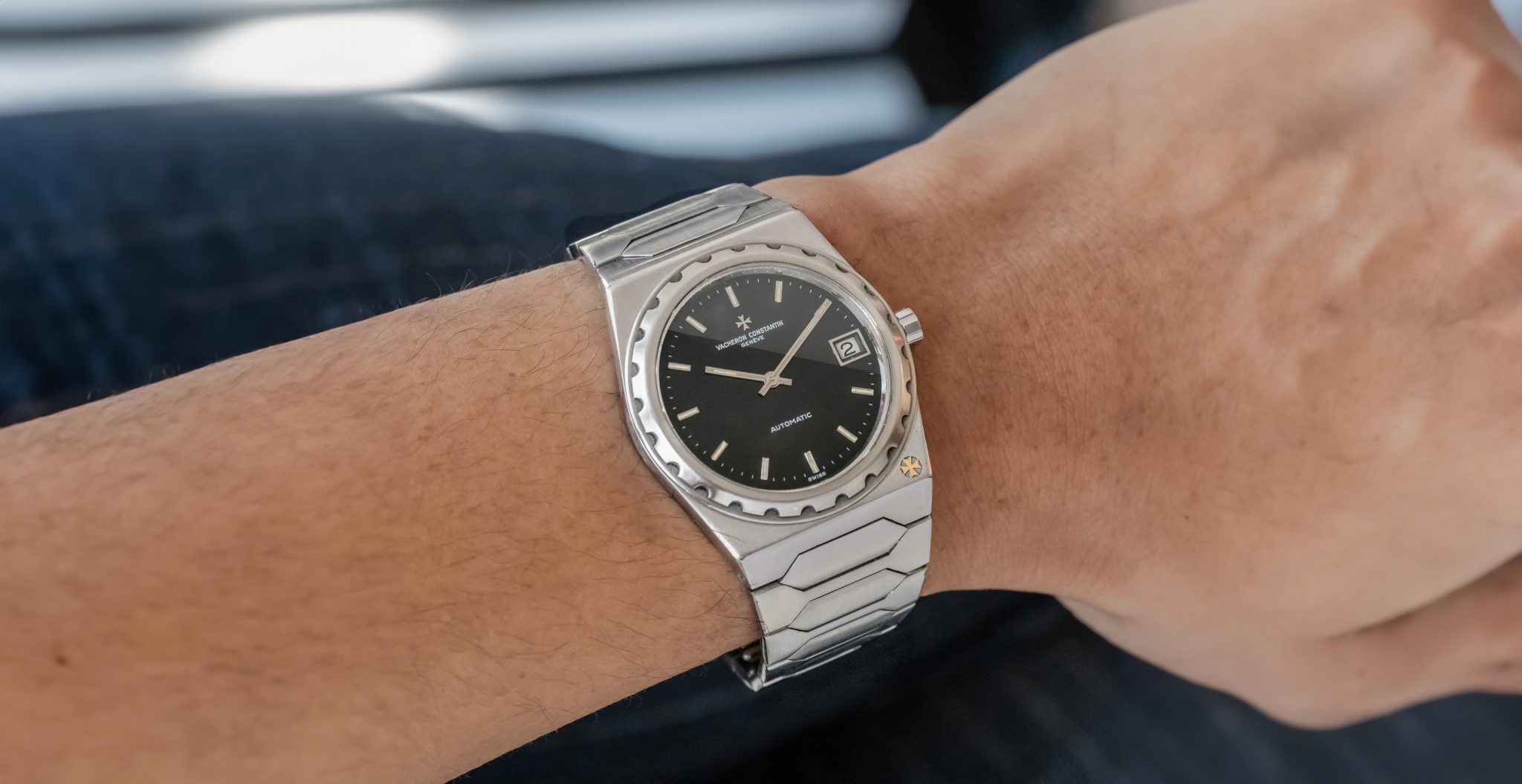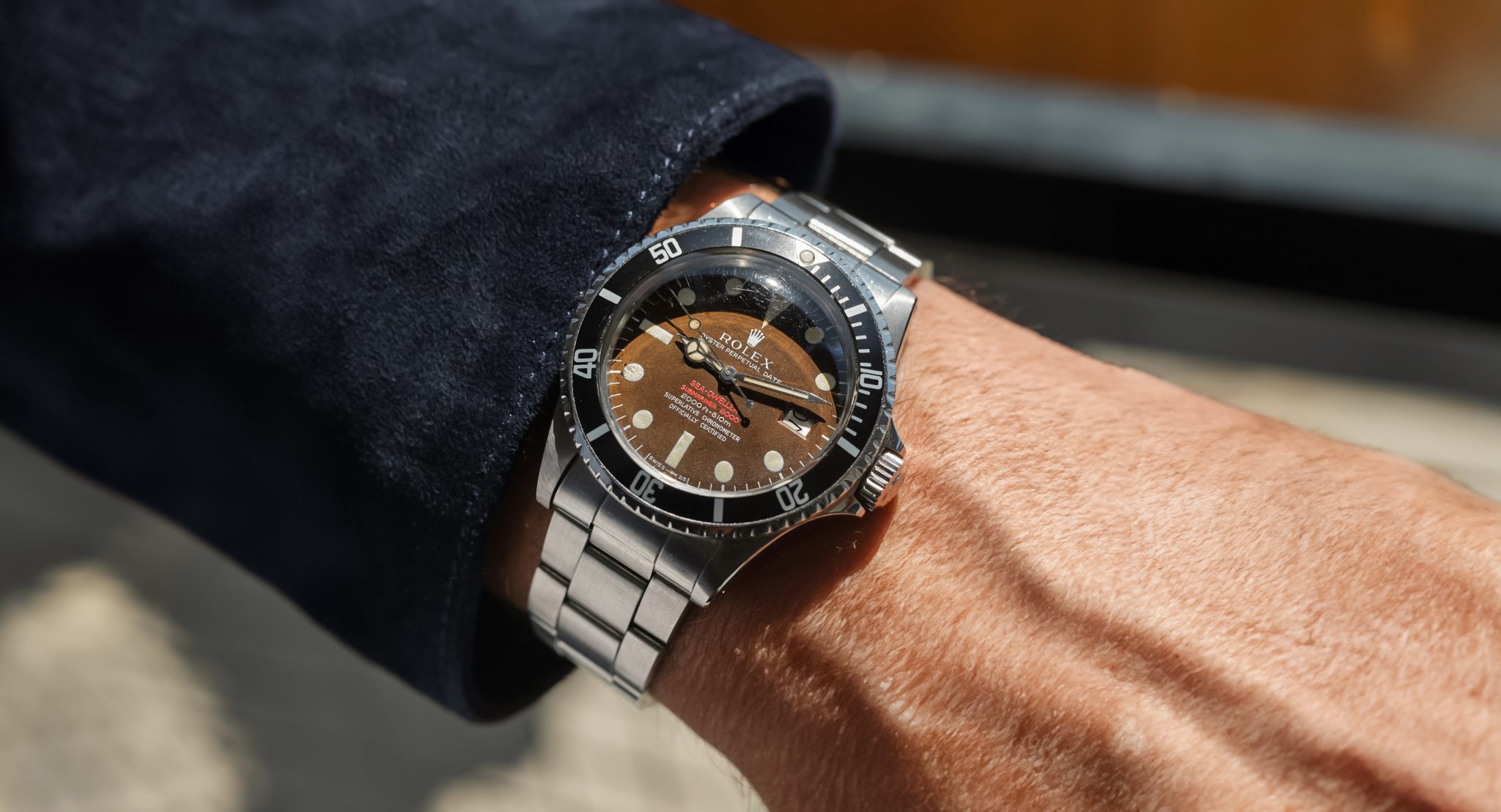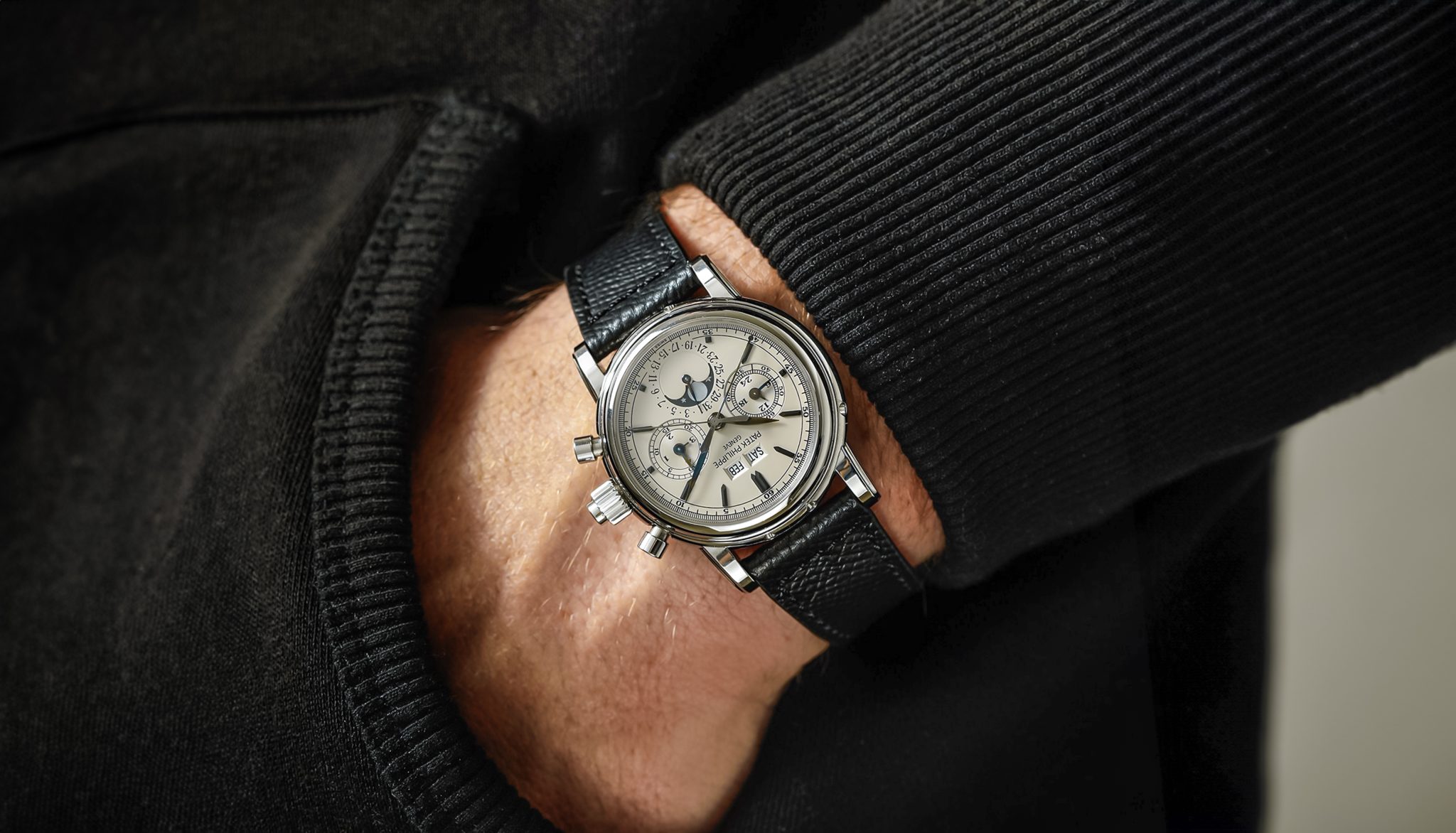
5004A Patek Philippe Perpetual Calendar Split Seconds
Patek Philippe only has the reputation today that can see it ‘get away’ with things like the rainbow minute-repeating Aquanauts because of the reputation it built with watches like the 5004. In 1994, Patek Philippe faced a question. They’d successfully brought high complication to meet serial production, in a way that few marques had, in 1986’s 3970. But the Perpetual Calendar Chronograph (PCC) was not a new complication, stretching back as far as 1941 in the ref. 1518. To bring the brand onto a plane of watchmaking separated from the masses, Patek Philippe debuted the wildly ambitious 5004: a Perpetual Calendar Split Seconds. So demanding was this calibre that ~12 could be made per year, stopping in 2012 for a total of 216 examples. The final 50 were made in steel with the owner’s names engraved on back. This is one of those final 5004As.
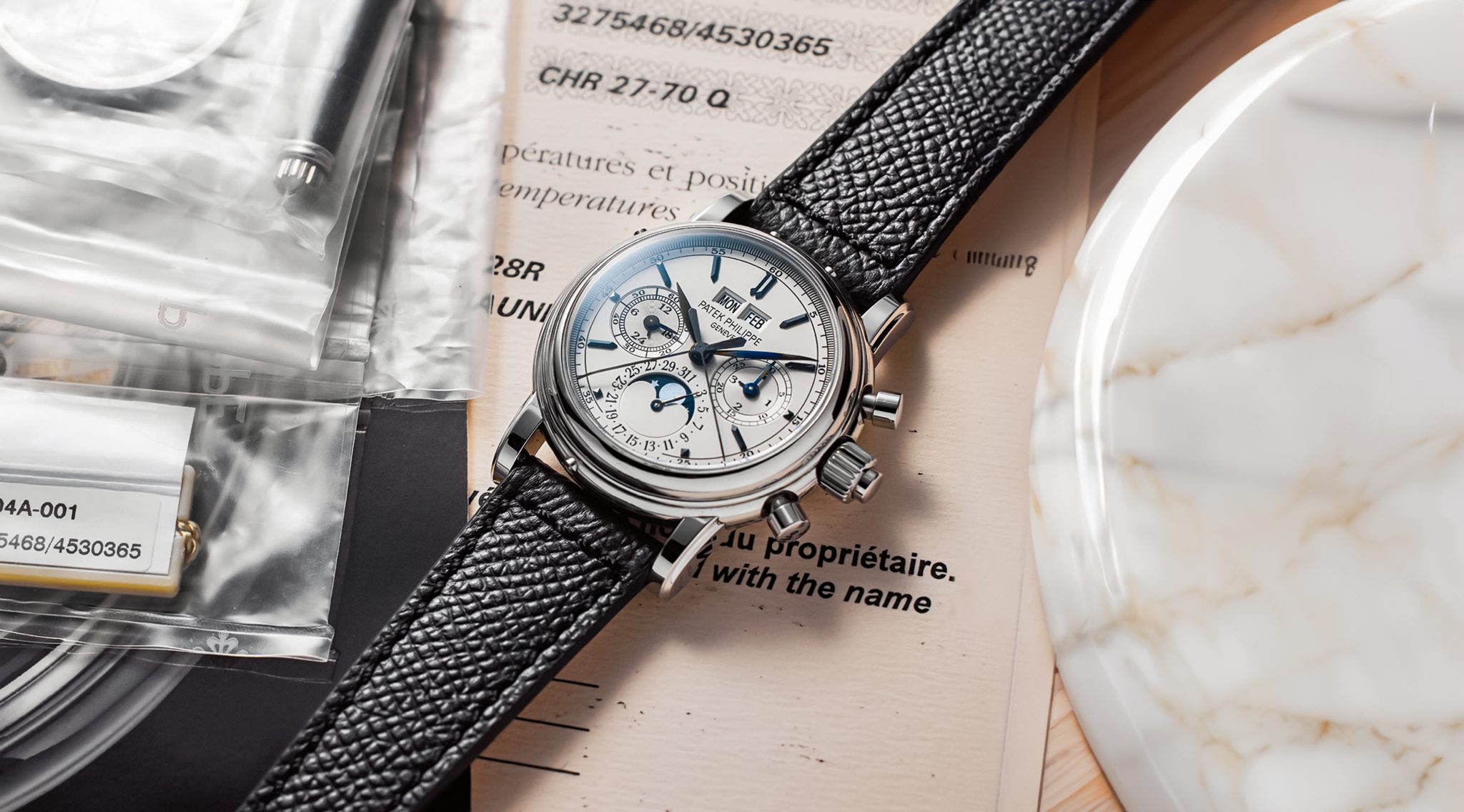
The design was cherry picked from the very best of Patek Philippe PCC history. The 5004 included Arabics styled like the 1518, pump pushers from the 2499, and a stepped case very similar to the 3970 (except with a convex bezel to give a touch more height to the movement). Its development was challenging; the Lemania 2310 was not designed to split. The most notable of these was rattrapante drag, which is worth understanding (Google it). Patek Philippe solved this with a unique isolating mechanism that sits atop the split brake. Its shape resembles a metal octopus, and is one of the most ingenious, tiny, singular solutions in Patek’s modern watchmaking. And that is one module inside of 407 parts all cased at just 36.7mm. It is also in these ultra-flagship models that Patek Philippe’s finishing prowess comes to bear in full force; there may be 2 mainstream marques today capable of matching or occasionally, possibly outdoing Lange. This is one of them. When you need a reminder of what the old-modern Patek Philippe stood for, this is it.
These 50 steel examples differed in the dial, which lean toward a more modern PCC (3970-ish) aesthetic by doing away with the Arabics that recalled the 1518. All preceding models were gold or platinum, which really does mark this as something special. Imagine going to the board at Patek and saying, ‘I really want to end this monumental achievement with a bang, something incredibly special. Let’s do it in steel.’ They were sold exclusively through Geneva. 9 of the 50 have come to auction since. The steels usually exceed 1M at auction these days, where the earlier precious metal 5004s will be roughly half that depending on the specification.
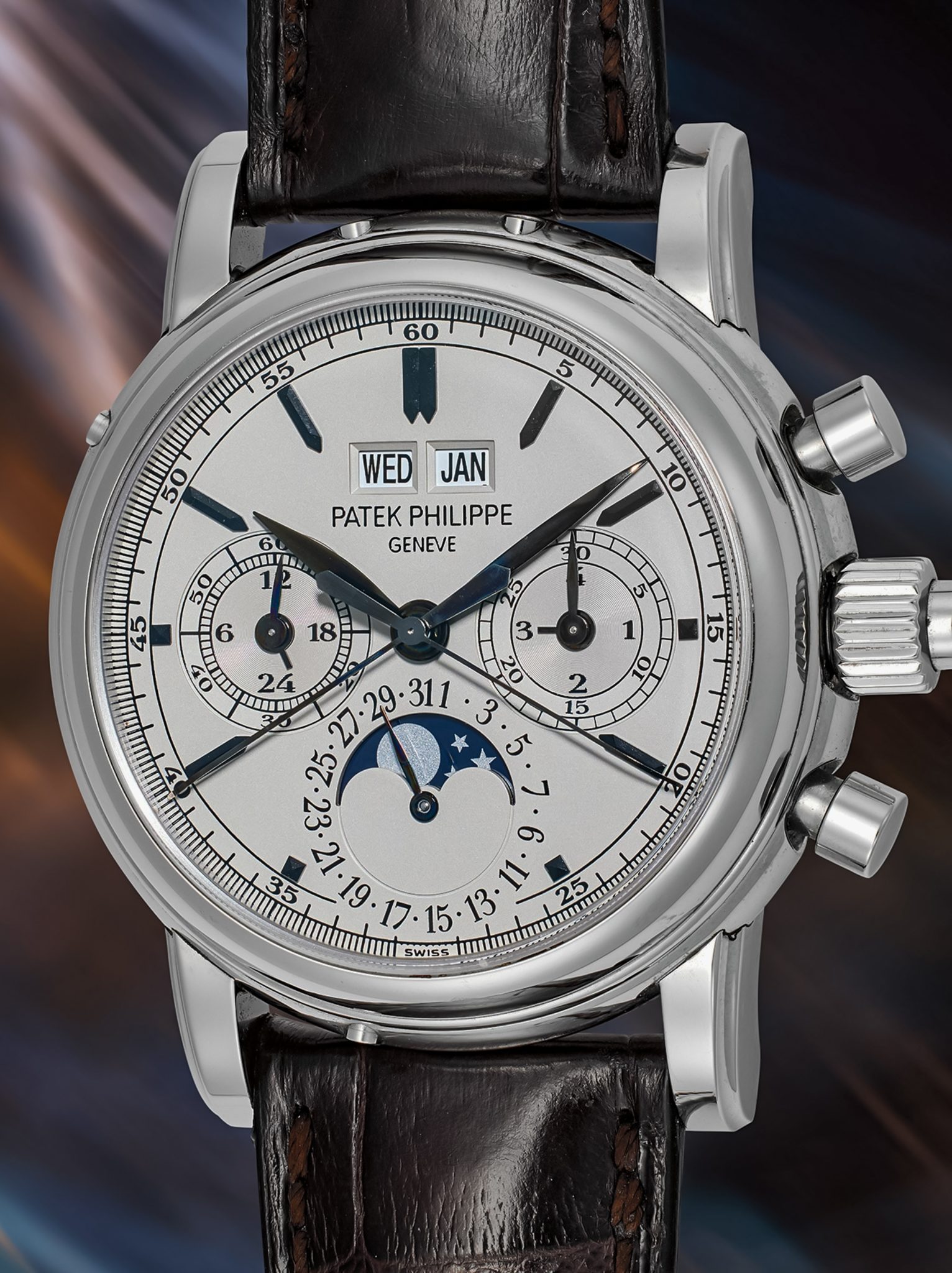
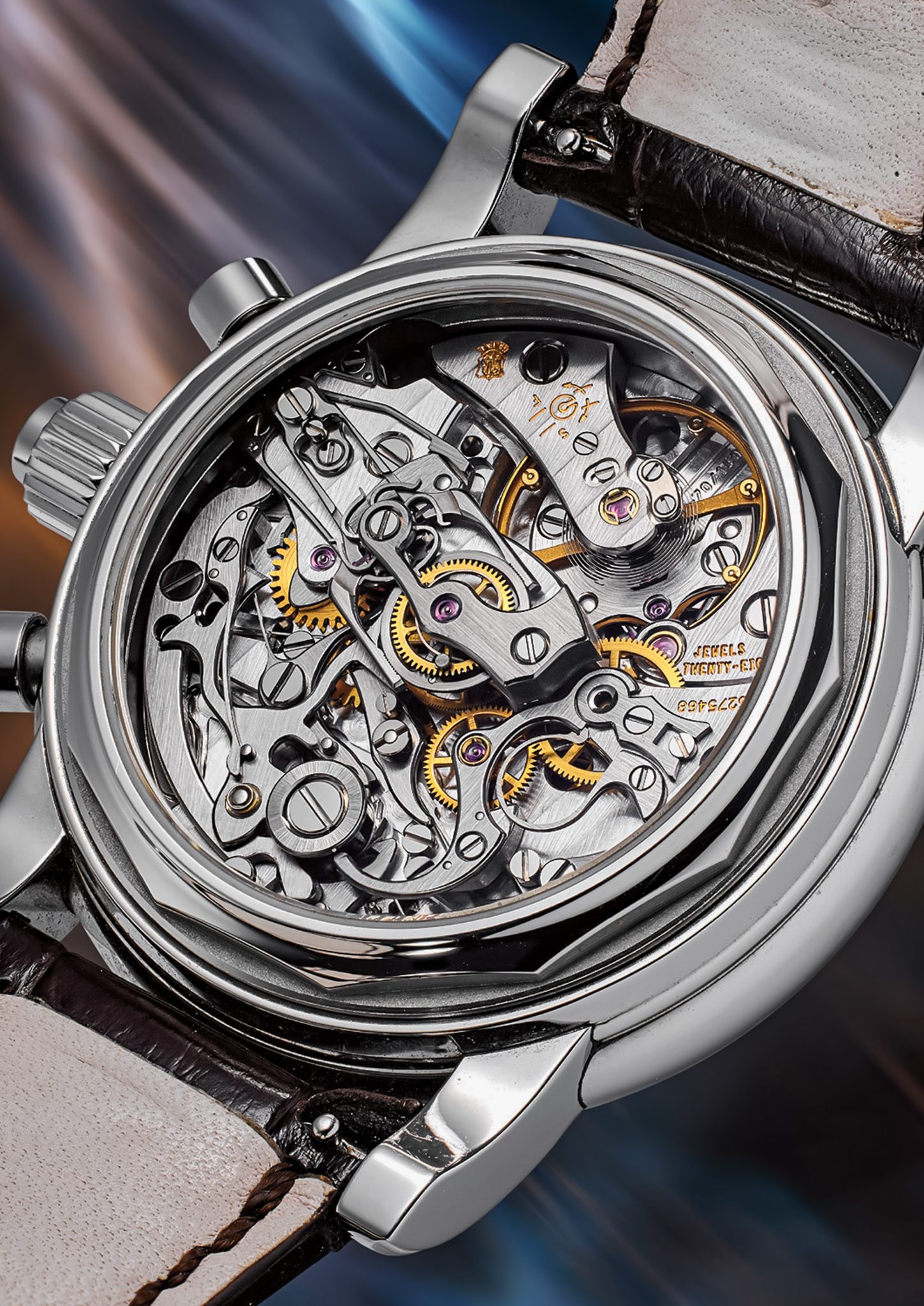
The 5004 is still the sovereign king of Patek Philippe’s efforts post-90s. Perhaps that’s why Patek Philippe deliberately chose such an oversized crown-pusher, they knew this would be a high-water mark. The 5204 succeeded it in 2016 at 40mm, but as far as I can tell the only improvement was an optional bracelet. The 5004 is everything we love about the core of the Patek Philippe brand. 42mm Calatravas and lazy inbreds like the Twenty~4 can exist only because of the unshakable foundation that watches like the 5004 and its ancestors shaped.
This example is, well, perfect. Like all of them. Its coming up in the spring NYC auctions, not unlikely that it sets a record. Despite the overall market being relatively flat, Patek Philippe 5004 has had a slow constant and commanding ascent since these steel examples ceased production.







